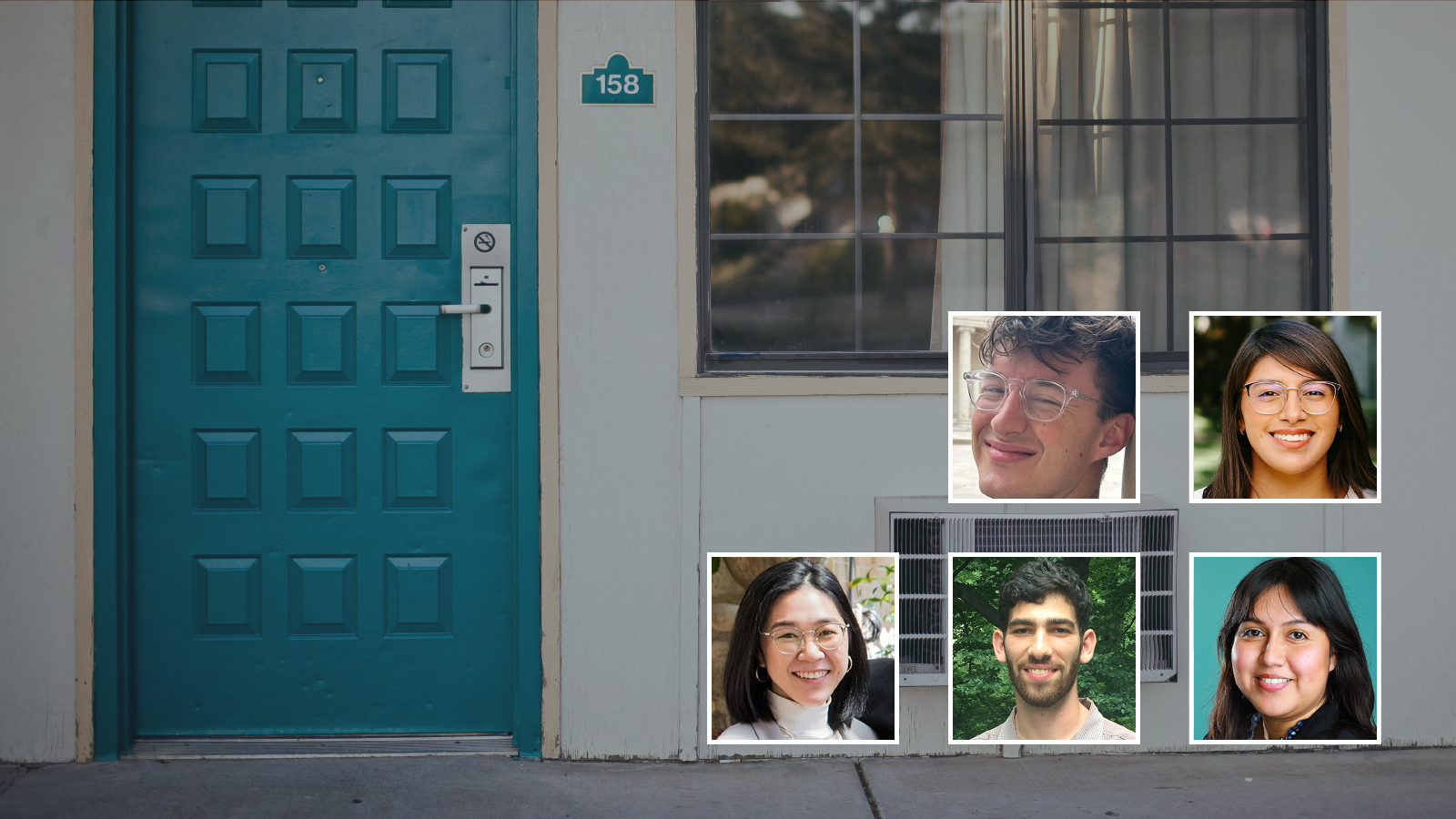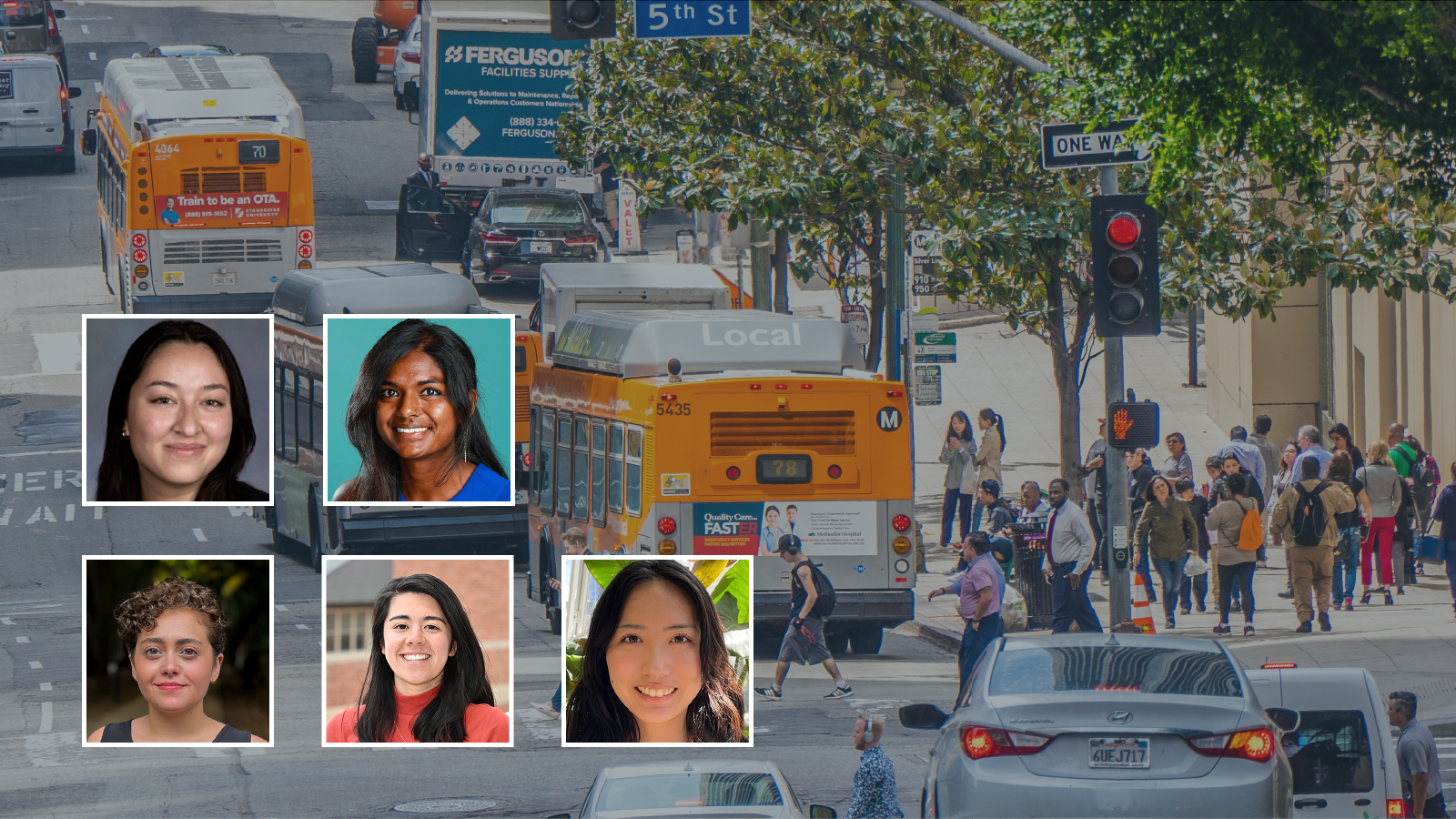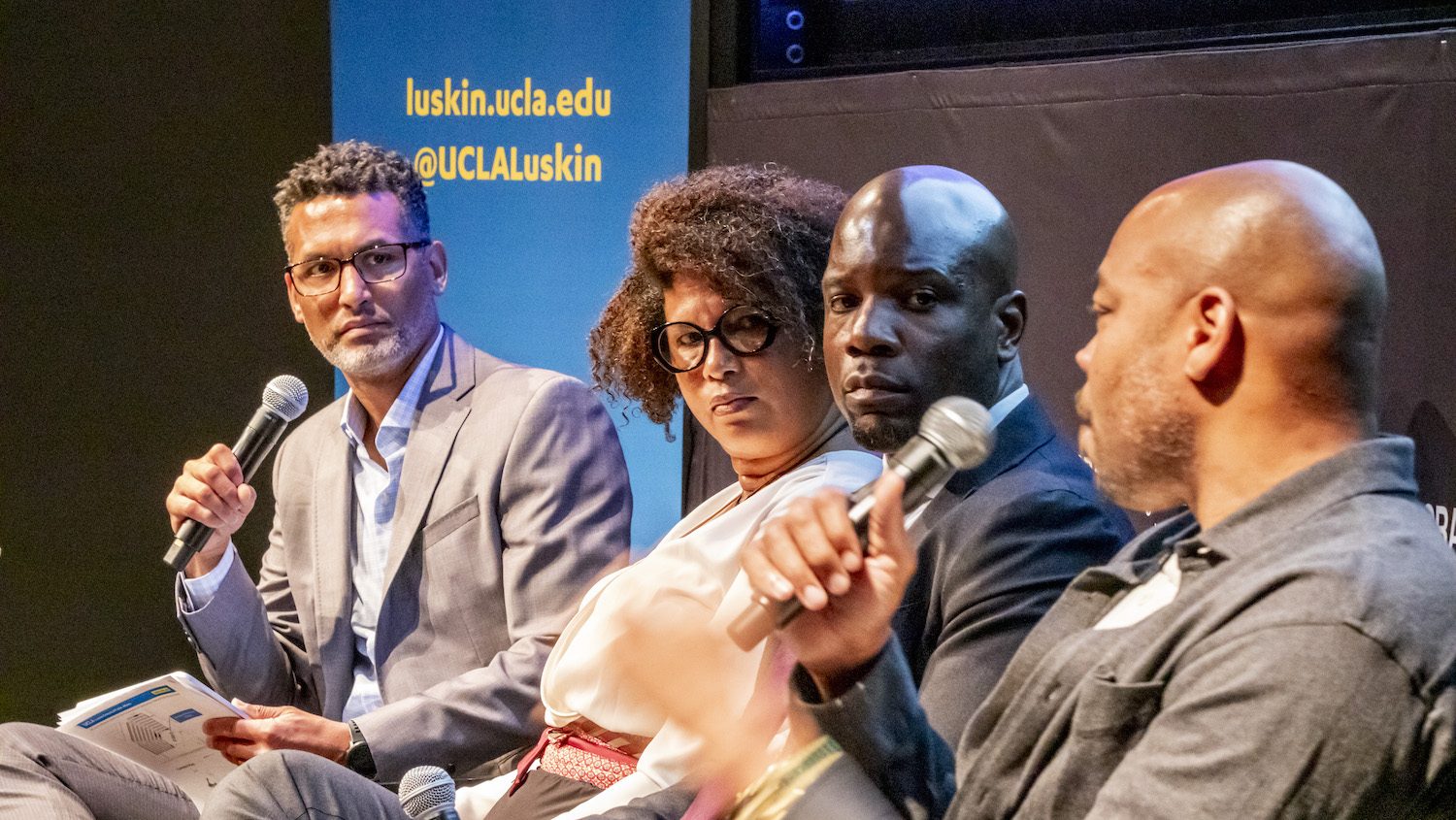
Time to consider broadband essential infrastructure
In 2010, Congress adopted a national plan acknowledging the essential role of broadband in facilitating economic growth, job creation, global competitiveness, and a better way of life, while laying out a set of policies to greatly expand broadband coverage across the United States. While some progress has been made in the last decade, the COVID-19 crisis has put extraordinary and sudden demand on our broadband infrastructure and revealed significant service gaps.
Broadband and the internet it provides always served a wide range of needs at home, such as expanding access to health and medical services to disabled people and homebound seniors, allowing students to complete homework assignments, and maintaining social networks. Now, during the COVID-19 pandemic and widespread safer-at-home orders, broadband demand has grown in parallel with the increased need to work, learn, seek medical care, shop, and socialize from home.
An age of “digital redlining”
The issue of broadband access is not simply a matter of geography and infrastructure. While rural areas may lack high-speed internet access because of an underdeveloped network infrastructure, many more households in urban and suburban areas with well-established networks lack broadband access. In these households, families often cannot afford monthly broadband subscriptions or necessary technology, like computers and tablets, to make broadband access meaningful.
Many low-income households, especially Black and Latino households, are unable to access broadband service despite its proximity and availability. This hurdle is especially detrimental to students’ academic achievement; in a 2018 survey, one-quarter of Black teens nationwide reported that they were unable to complete homework due to a lack of reliable computer or internet connection.
In the age of COVID-19, these disparities in access have deepened for Black and Latino students in Los Angeles County. A USC brief reported that Black and Latino students are far less likely to have access to computers and/or high-speed internet service than other students. According to a recent report from the Los Angeles Unified School District, the nation’s second-largest school district serving more than 600,000 school-aged children, the online engagement rates for Black, Latino and low-income students during the spring were 10 to 20 points below their white and Asian peers.
As the new school year begins, educators have sounded the alarm of the ill effects of the “COVID slide” — a period of learning loss that happens during breaks in learning like the summer recess — for all students, but particularly for Black and Latino students who may experience greater educational setbacks. And many of these students already live in communities hardest hit by other disparate effects of the pandemic, like high infection rates and job losses.
Disparities in access to broadband also have implications beyond student learning achievement. A lack of access to the internet and computers can prevent a person from fully accessing the essential connections that have moved online during COVID — jobs, virtual meetings, civic participation. Those without broadband access will be increasingly left behind.
Broadband access as a civil right
Given the importance of broadband access, some planners and municipal governments argue that broadband should be considered an essential utility, much like how electrical access was under Franklin D. Roosevelt’s New Deal. Under this project, the electric grid was expanded across the county, even to rural households living far from urban centers.
Multiple models for expanding broadband access already exist, such as the format established by the Electric Power Board of Chattanooga (EPB), a publicly owned power- and broadband-distributor in Tennessee. The EPB has managed to provide high-speed, fiber-optic internet access to its 100,000 customers long before most other American cities, with a goal of providing service as affordably as possible.
Schools, in particular, have wrestled with delivering consistent and quality education to students who live in homes that may not have reliable, if any, broadband connections. Educators have gotten creative with their solutions, such as by establishing Wi-Fi hotspots on school buses in unconnected communities, purchasing cellular data for students with phones or tablets, and even delivering lessons over the phone. In Los Angeles, an agreement between wireless phone company Verizon and LAUSD signed in March provides free internet service to students who cannot afford it. But these efforts are not long-term solutions, nor should the burden of solving this problem lie only with schools.
As a state, California legislators have introduced policies to try to address our current broadband access gaps. These efforts include the “Broadband for All” bill (SB 1130) to ensure high-speed internet access to all Californians, and the Broadband Infrastructure and Distance Learning Bond Act of 2020 to find funding to expand broadband service in remote areas and provide computers to access the internet. But they’ve faced obstacles to implementation. As of Sept. 1, SB 1130 was suddenly made inactive, despite support from more than 50 organizations.
The rapid, almost-instantaneous, switch to online services under COVID-19 underscores the important role of broadband as critical infrastructure. As we settle into a new reality of virtual being the default method for the foreseeable future, it’s incumbent on city leaders to find sustainable solutions to broadband access disparities. Cities must take up the mantle and ensure equitable access to broadband or risk further marginal broadband access becoming another way inequality is built into our city infrastructure.



